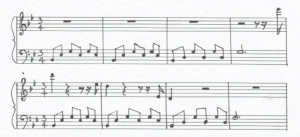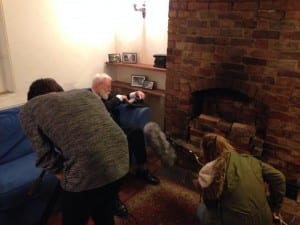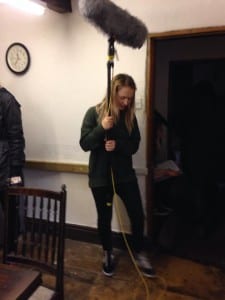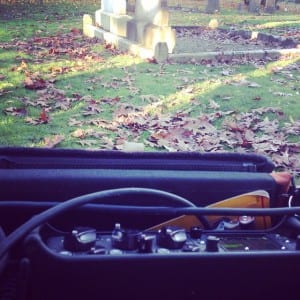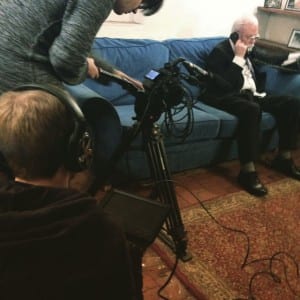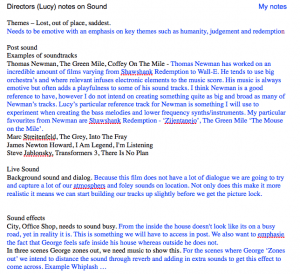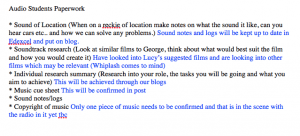As we are well into the post-production process and nearing the end of the project I thought it would be useful to reflect on what has happened so far and also where we are in relation to our aims and learning outcomes. By doing this I can learn where I need to focus a little more and what we as a group still need to achieve.
My own personal aims have been achieved to a certain extent however do still need work. With the location sound – all that we collected was usable and there was no need for ADR. This is because we were prepared and worked hard to ensure we were efficient – but also still got all the takes we needed. The post production process is also well on the way to being a completed, polished piece of sound design. This is because we prepared as much as we could before hand, by creating a session that would work with the audio lay out of the film – basing it on Grant Bridgemen’s template. However some sessions haven’t been as productive as they could have been. This is because a lot of time was spent moving our work around when we got new visuals, we have now learnt from this and come up with efficient ways of move the audio to fit the new visual’s. From now I think the way forward would be to work on getting all the sounds in there by doing any final foley and then try and work on making them sound how we want and then begin the mix down process. This may be better to do scene by scene, to make it a less time consuming process. The music is also well on the way to being completed. I have completed the core work for all but one section of music. I have also had frequent meetings with the directors to discuss my thoughts and ideas which they have agreed to. The only piece of music that is still yet to be near completion is the piece of source music. This has proven to be a longer process as I have had to get in touch with PRS. We now have most of the information we need however we now need to create it and give the director options.
I have also already achieved many of my learning outcomes. I now know and understand how a film production team work as a whole and how we as a sound team lease with the film crew. This is through being on set and through guest lectures. I also now feel confident with post work within film, I have managed to devise a routine and now realise my preferred methods of working (even if they haven’t been applied within this film). I have already researched extensively into how music works within film through various academic writers, this has enabled me to create my own ideas when it comes to what a score should do and sound like. This has also allowed me to attempt to capture the emotions and narrative through the use of music successfully. Through researching other compositions for film I have learnt what music suits our type of film and I now also feel confident in my own methods of composing music for film. However to achieve all of these learning outcomes I think some more research into the actual music supervisor role would be helpful in seeing whether I have achieved the role well.
As a sound team I feel we have worked well in communicating with the film team and have worked efficiently amongst them. Our sound design is also now feeling like it is coming together and making the film as a whole better. There is still a little way to go in all aspects, but I do not doubt we can achieve this by the deadline.
